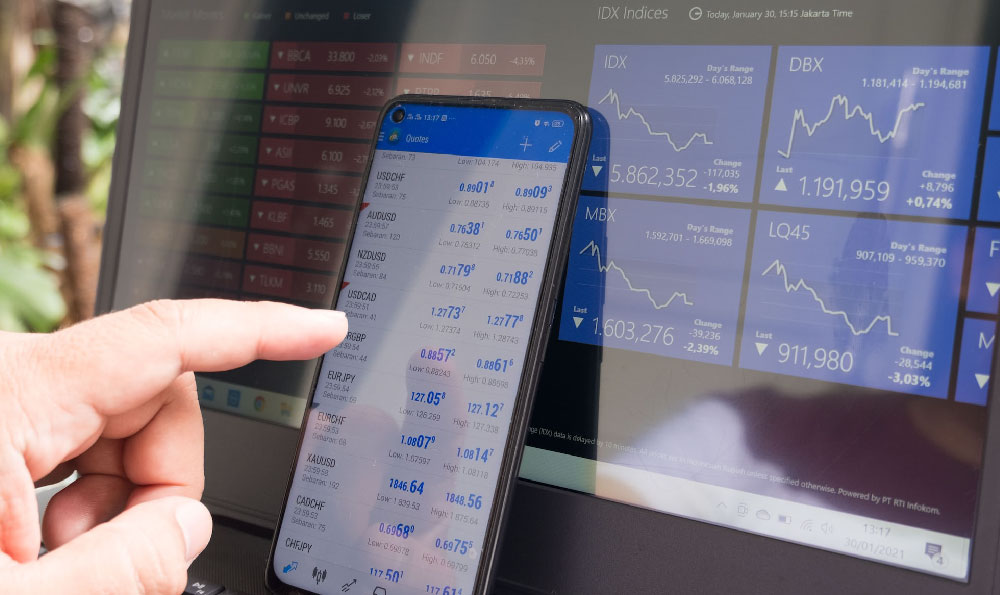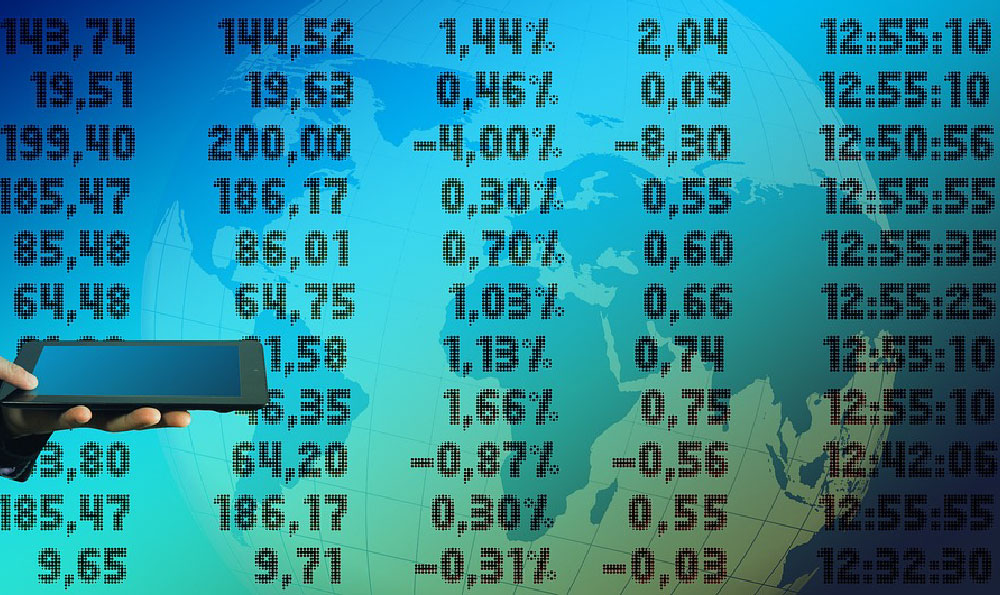Patreon has emerged as a pivotal platform in the evolving landscape of creator-centric finance, offering artists, musicians, writers, and content producers a unique opportunity to monetize their work while cultivating a loyal audience. Unlike traditional models that rely on one-time transactions or advertising revenue, Patreon operates on a recurring support system, allowing creators to receive consistent financial backing from patrons who believe in their vision. This ecosystem thrives on mutual trust and long-term engagement, transforming passive content creation into a sustainable income stream. To navigate this environment effectively, it’s essential to understand the nuances of maintaining a compelling presence, leveraging the platform’s tools, and creating value that resonates with backers.
Successful Patreon campaigns often hinge on the ability to articulate a clear purpose and deliver on promises, which requires deliberate strategy and creativity. For instance, creators who offer exclusive content, early access to projects, or personalized experiences tend to attract more dedicated supporters. The platform’s structure enables patrons to choose their level of contribution, from small monthly donations to larger pledges, creating a tiered system that rewards different engagement levels. This approach not only provides financial stability but also allows creators to actively curate their audience based on shared interests and commitment. Building a sense of community through regular updates, goal-setting, and transparent communication is equally critical. Many creators leverage Patreon’s built-in tools, such as patron-exclusive forums or member-only video content, to foster deeper connections and encourage recurring support.
Monetizing through Patreon involves more than just setting up a page; it requires a thoughtful balance between content quality and audience expectations. The platform’s revenue model is primarily based on direct patron support, which means creators must maintain a consistent output of value. This can include releasing new projects, providing educational resources, or offering creative collaborations. Additionally, creators can diversify their income by incorporating physical or digital products, such as merchandise, e-books, or online courses, which are available to patrons at various contribution tiers. The key to success lies in aligning these offerings with the audience’s interests, ensuring that every level of support provides meaningful rewards. For example, a writer might offer serialized content for monthly donors while providing personalized feedback for higher-tier patrons.

Another aspect of maximizing Patreon earnings is understanding the platform’s fee structure and optimizing it for profitability. Patreon charges a 10% fee on the first $100 of monthly support, with the remaining fees varying based on the creator’s revenue threshold. This means that building a larger audience early on can significantly reduce the cost of maintaining income. Creators should also avoid relying heavily on higher-tier rewards at the outset, as they often require a substantial following to justify the investment. Instead, focusing on smaller, scalable offerings that can be upgraded over time tends to yield better results. For instance, a musician might start with free studio access for supporters and gradually introduce tiered perks like personalized playlist curation or one-on-one consultations as their audience grows.
Engagement is a cornerstone of Patreon’s success, and creators must leverage analytics to refine their strategies. The platform provides detailed metrics on supporter activity, including the number of patrons, average contribution amounts, and content performance. By analyzing these data points, creators can identify which types of content drive the most engagement and adjust their offerings accordingly. For example, a content creator might notice that video tutorials generate more donations than written guides, prompting them to prioritize video content. Additionally, maintaining a responsive communication channel through comments, messages, or live updates can enhance patron satisfaction and encourage continued support.
Patreon also allows creators to integrate affiliate marketing and other monetization techniques, expanding their revenue beyond direct contributions. By sharing relevant products or services with their audience, creators can earn commissions while providing added value. However, this requires careful consideration of the audience’s preferences, as overt promotion can deter supporters. Instead, focusing on organic recommendations that align with the creator’s niche often proves more effective. For instance, a fitness coach might include affiliate links to workout gear or nutrition supplements in their content, ensuring that these recommendations feel authentic and beneficial to their patrons.
Beyond Patreon, creators can explore hybrid models that combine multiple income sources to reinforce their financial sustainability. For example, a writer might use Patreon to fund their content creation while simultaneously monetizing through book sales, online workshops, or collaborations with brands. This multi-channel approach not only diversifies income streams but also reduces reliance on a single platform. However, it’s crucial to maintain consistency and transparency across all ventures, ensuring that patrons feel confident in their support.
Patreon’s potential extends to building a global audience and fostering long-term relationships with backers, which can be leveraged for other creative ventures. By cultivating a dedicated community, creators can transition their Patreon audience into other platforms, such as YouTube, Twitch, or social media, where they can monetize through ads or sponsorships. This interconnected approach allows creators to maximize their reach and profitability. However, it’s essential to avoid overpromising or underdelivering, as maintaining a loyal audience requires reliability and authenticity.
Ultimately, Patreon offers a dynamic framework for creators to monetize their work, but its success depends on a combination of strategic planning, consistent engagement, and value creation. By understanding the platform’s mechanics, refining their content offerings, and fostering a sense of community, creators can transform their passion into a profitable endeavor. While challenges such as maintaining high-quality content and managing audience expectations are inevitable, they can be mitigated through careful planning and adaptability. As the creator economy continues to evolve, Patreon remains a powerful tool for those who are willing to invest in their craft and build lasting relationships with their patrons.












